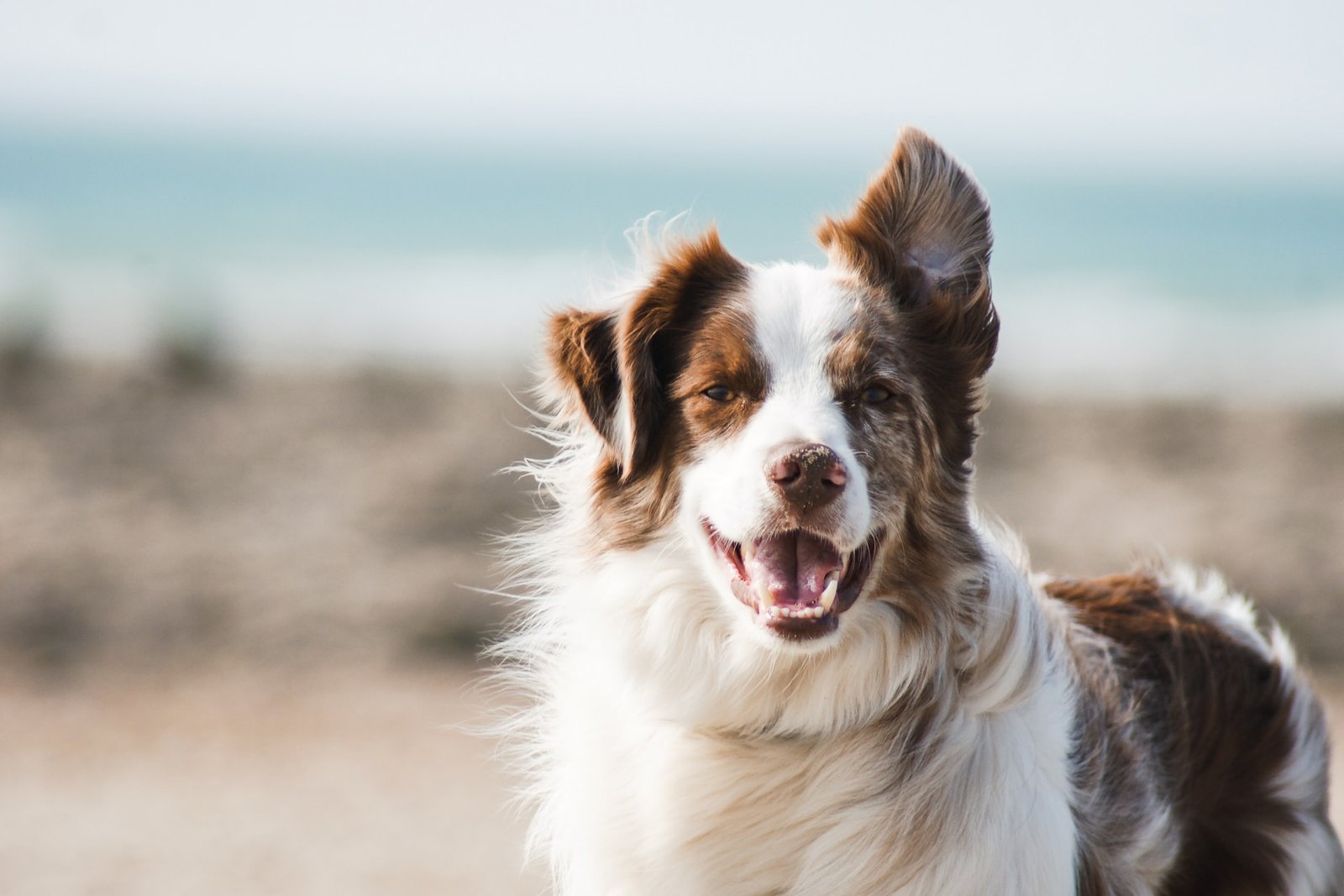Hello, fellow dog lovers! Today we’re going to talk about a topic that is close to the heart for many of us – our aging furry friends. As our dogs grow older, their needs change and it’s important for us to adapt so we can ensure they live their golden years in comfort. In this post, we’ll explore the age at which a dog is considered a senior, the signs that indicate they’re getting older, and how to keep them comfortable as they age.
How old is a Senior Dog?
First things first, let’s tackle the question on everyone’s mind: How old is a senior dog? Well, much like humans, dogs can age at different rates. Generally, dogs are considered to be seniors when they reach about seven years of age. However, this can vary depending on the breed and size of your dog. Larger breeds tend to age faster, so they may be considered seniors at around 5-6 years old, whereas smaller breeds might not reach senior status until they are 9 or 10.

Signs That Your Dog is Getting Old
Now that we know what age range defines a senior dog, let’s discuss the signs that your dog is getting old. You might start to notice some grey hairs around their muzzle, just like humans! But there’s more to it than just a change in appearance. Some common signs include:
- Decreased Energy: Older dogs tend to have less energy and might not be as playful as they once were.
- Changes in Sleep Patterns: They might sleep more during the day and have trouble sleeping through the night.
- Weight Changes: This could be weight gain due to decreased activity, or weight loss because of health issues.
- Stiffness or Difficulty Moving: As dogs age, joint issues such as arthritis can make it difficult for them to move around easily.
- Changes in Hearing and Vision: They might not respond to your calls as quickly, or bump into things due to decreased vision.
- Changes in Behavior: This could include increased anxiety or irritability.
Elderly, Senior, and Geriatric Dogs: Is There a Difference?
Now, let’s talk terminology. You might have heard the terms elderly, senior, and geriatric being used interchangeably, but is there a difference? Generally, senior refers to dogs that have just entered the later stage of their life. Elderly can be considered as a phase beyond senior, where the dog is quite old but still relatively active and healthy. Geriatric, on the other hand, is the term used to describe dogs that are in the very last stage of their life, often with various age-related health issues.
How to Keep Senior Dogs Comfortable as They Age
Last, but certainly not least, let’s dive into how to keep senior dogs comfortable as they age. It’s important to remember that older dogs have different needs than when they were in their puppy or adult stages. Here are some tips:
- Regular Vet Check-ups: It’s important to have regular vet visits to monitor your dog’s health and catch any issues early.
- Proper Diet and Exercise: A balanced diet and moderate exercise can help keep your senior dog’s weight in check and their joints healthy.
- Comfortable Sleeping Area: Ensure your dog has a comfortable place to sleep, possibly with orthopedic support for their aging joints.
- Mental Stimulation: Just like humans, dogs can experience mental decline. Keep their brains active with puzzles and games.
- Patience and Love: Older dogs might need more attention and patience as they can become more anxious or have accidents in the house. It’s important to provide them with lots of love and understanding.
In conclusion, understanding and recognizing when your dog becomes a senior is crucial in ensuring they have a comfortable and happy old age. By being attentive to their needs and making necessary adjustments to their lifestyle, you’ll help your beloved companion enjoy their golden years to the fullest. Until next time, give your furry friends an extra hug from me! 🐾
